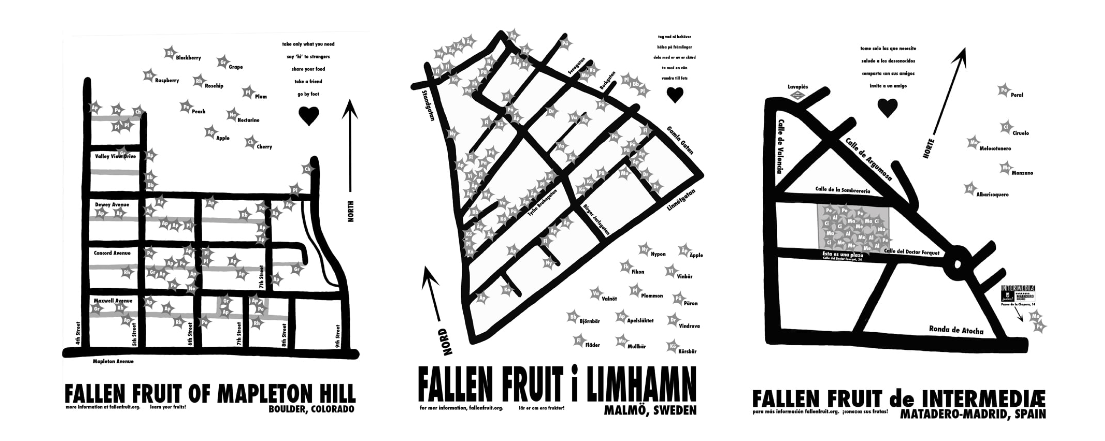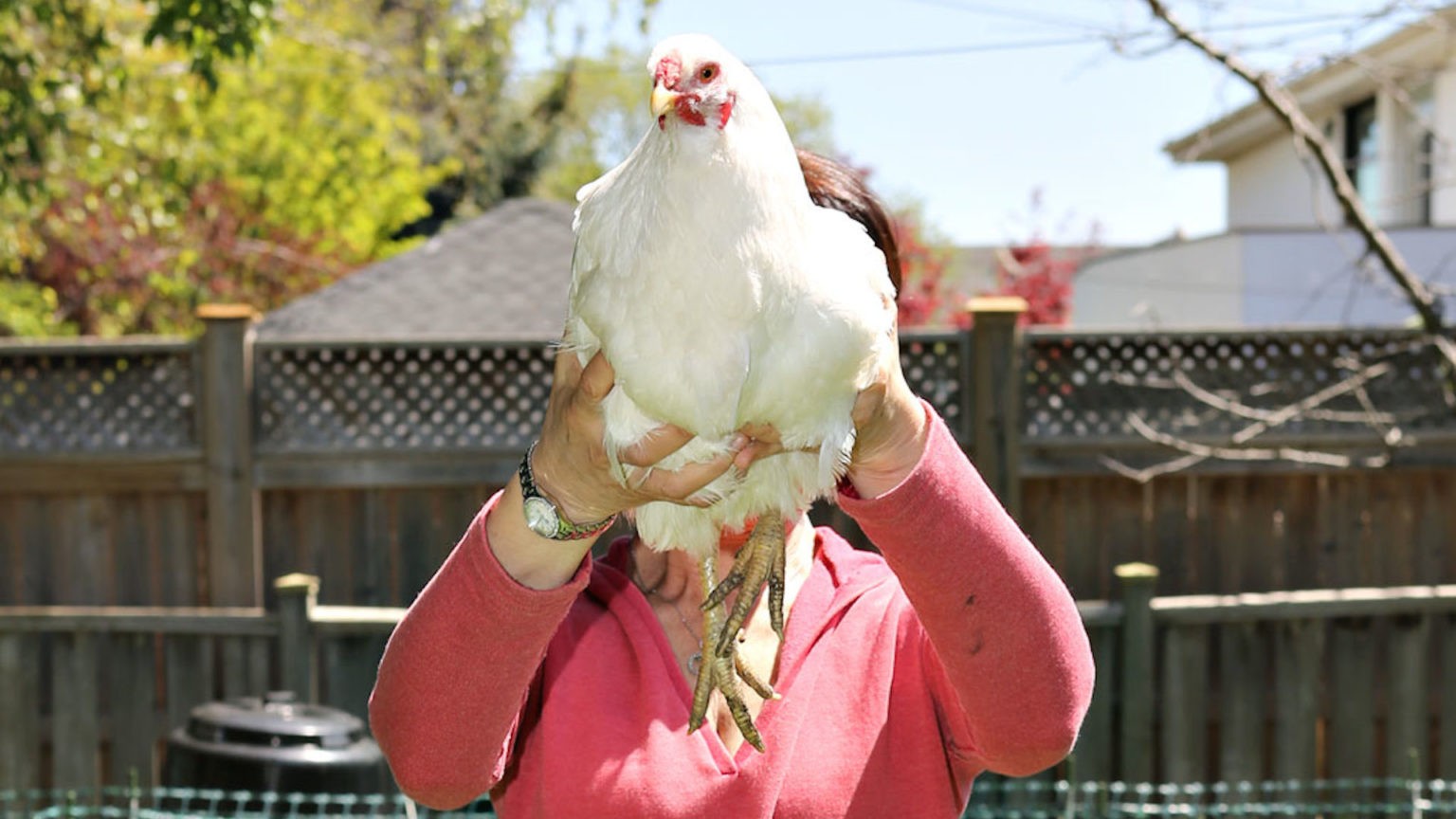About smart cities, maps, and fruits
Mapping and collecting data for resilient sustainable cities does not always need to be ‘smart’. As per its Wikipedia definition, a smart city is a “technologically modern urban area that uses different types of electronic methods and sensors to collect specific data”.





